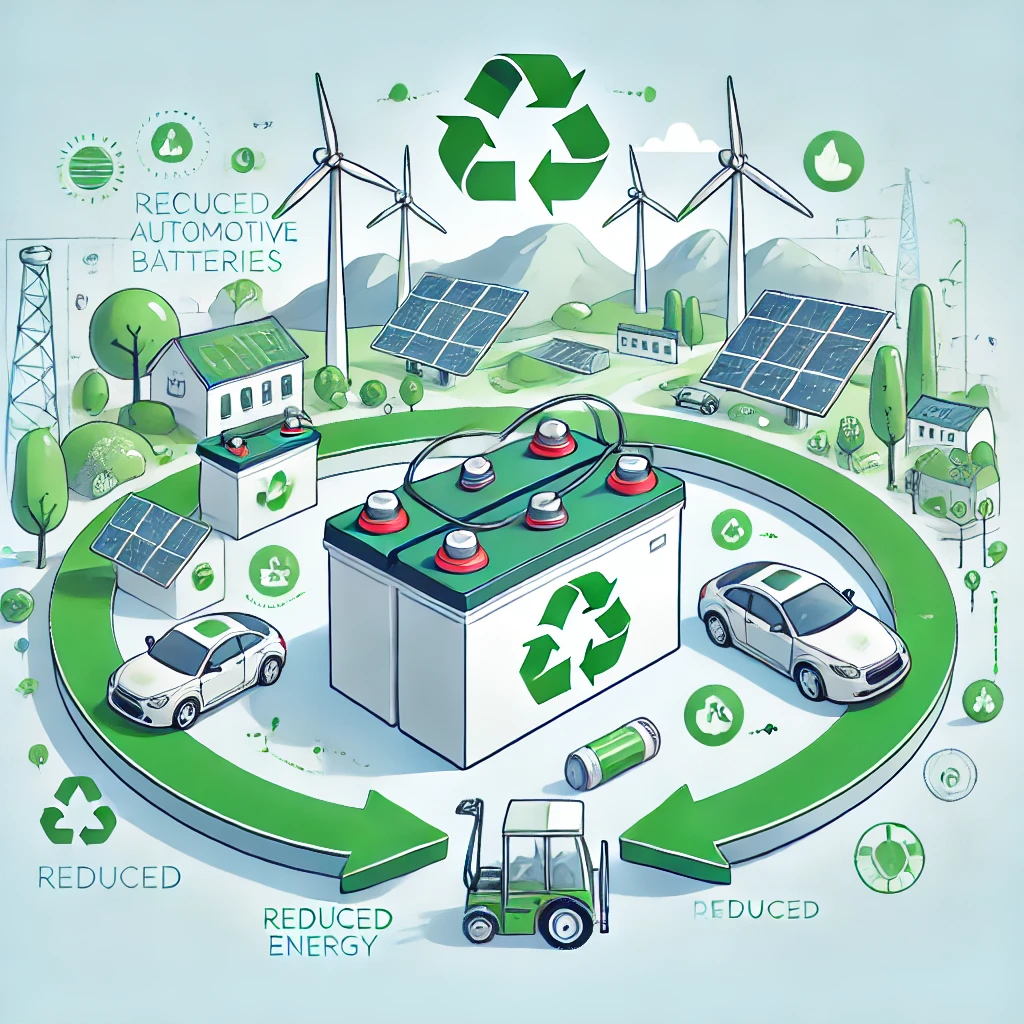
The Growing Importance of Automotive Second Life
In today’s rapidly evolving automotive landscape, the concept of “second life” for vehicles is gaining traction. As environmental concerns mount and the push for sustainability intensifies, the automotive industry is under increasing pressure to innovate and adapt. One of the most promising developments is the idea of giving vehicles a second life, extending their usability and reducing their overall environmental impact. But why does automotive second life make so much sense?
1. Environmental Benefits

Vehicles, particularly those with internal combustion engines, have historically been significant contributors to carbon emissions. By extending the life of a vehicle, we can reduce the need for manufacturing new cars, which in itself is a resource-intensive process. Repurposing or refurbishing vehicles to extend their lifespan helps in minimizing waste and lessening the environmental footprint of the automotive industry.
2. Economic Advantages
For consumers, the financial benefits of automotive second life are substantial. Purchasing a vehicle that has been refurbished or repurposed is often significantly cheaper than buying new. This affordability opens up opportunities for more people to access reliable transportation. Additionally, businesses involved in the refurbishing process can tap into new revenue streams, creating jobs and stimulating economic growth.
3. Technological Integration
Second life automotive initiatives often involve updating older vehicles with newer technologies, such as advanced safety features, improved fuel efficiency systems, or even converting them to electric power. This integration ensures that older models can still compete with newer ones in terms of performance and safety, providing consumers with modern conveniences at a fraction of the cost.

4. Resource Optimization
The automotive industry relies heavily on finite resources, from metals to fossil fuels. By maximizing the lifespan of existing vehicles, we make better use of these resources. This approach aligns with the principles of a circular economy, where the focus is on reducing waste and making the most of what we already have.
5. Meeting Consumer Demand
There’s a growing market segment of environmentally conscious consumers who prioritize sustainability in their purchasing decisions. Offering vehicles that have been given a second life caters to this market, allowing consumers to make choices that align with their values without compromising on quality or performance.
6. Supporting Innovation
The rise of automotive second life initiatives encourages innovation within the industry. Companies are motivated to develop new techniques for refurbishing and upgrading vehicles, leading to advancements in technology and efficiency. This drive for innovation not only benefits the automotive sector but can also have positive ripple effects across other industries.
Conclusion
The concept of automotive second life is not just a trend; it’s a necessary evolution in response to environmental, economic, and social challenges. By embracing this approach, we can create a more sustainable future for the automotive industry and contribute to a healthier planet. As technology continues to advance and consumer preferences shift, the potential for second life automotive solutions will only grow, making it an essential part of the industry’s progression.